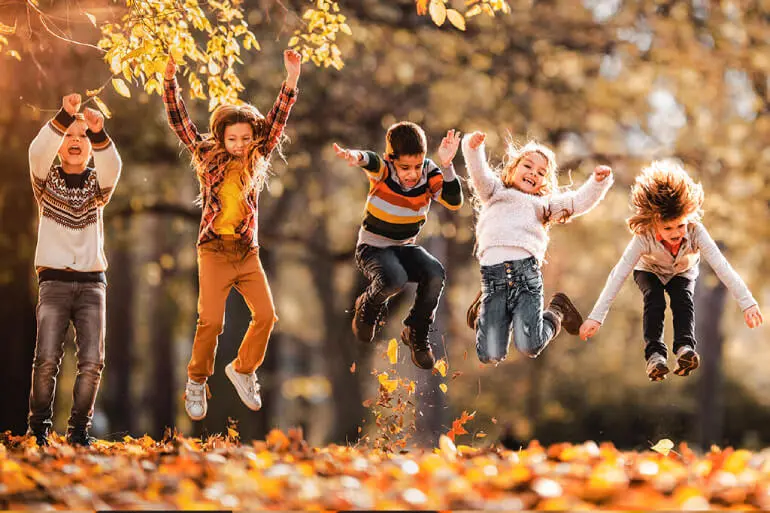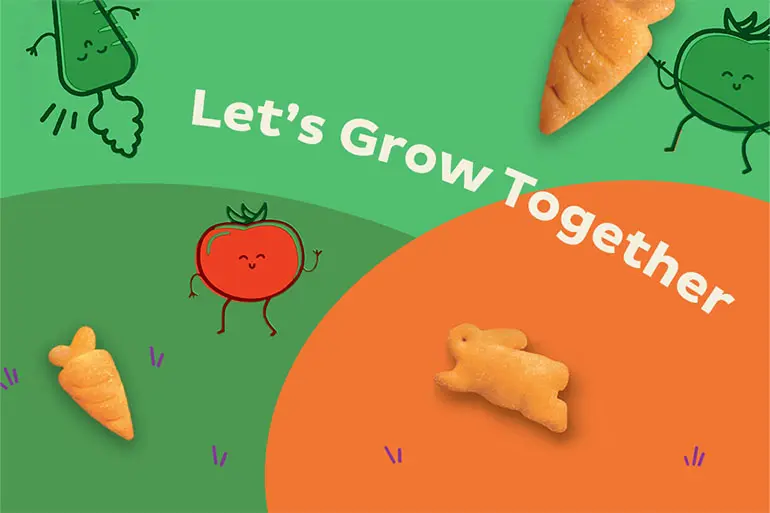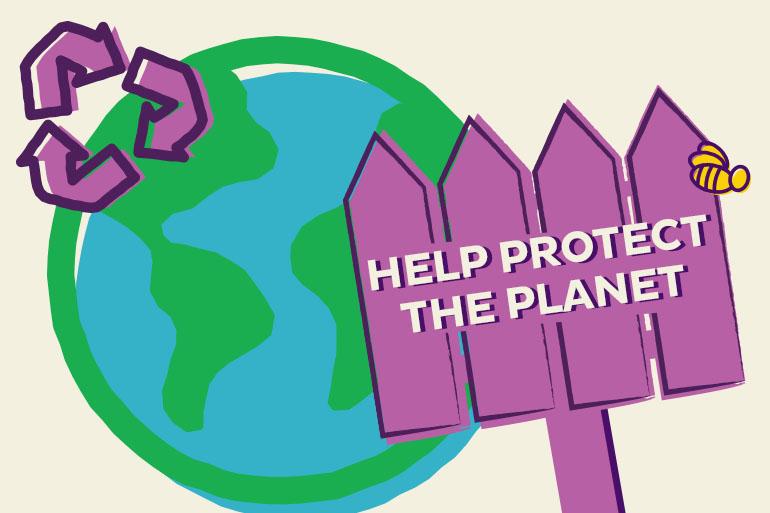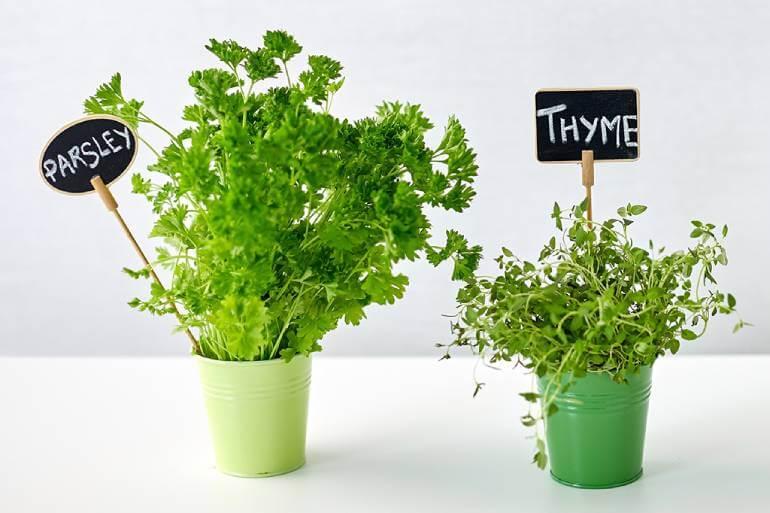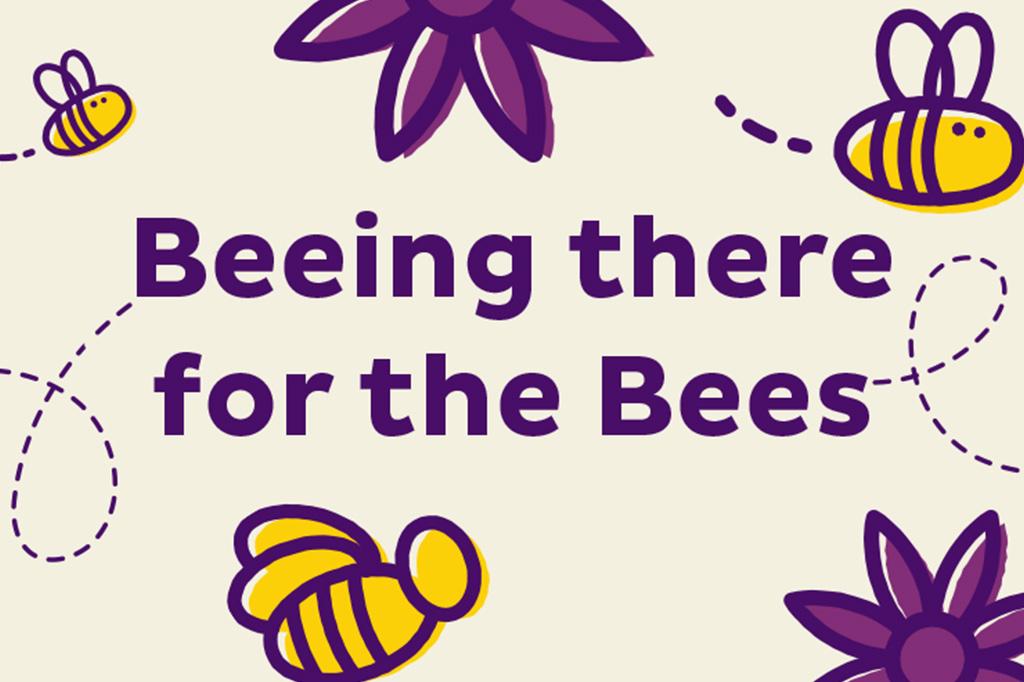
Beeing there for the Bees
Bees are really important when it comes to farming — and because we love our Annie’s farmers — things that are important to them (like bees) are also important to us! Luckily, there are so many little steps you and your kiddo can take to help make sure that our fuzzy flying friends are around for a long, long time. Read on for some tips from our bunnies over at The Xerces Society to see just how easy it is to create your very own bee garden at home!
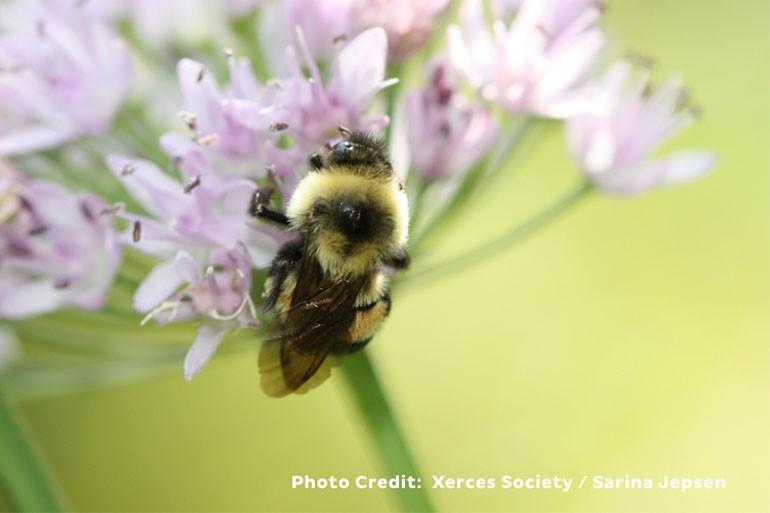
How much space does a bee garden need?
The good news is a bee garden can be as big or as little as you want!
Don’t have a yard? All you need are pollinating plant seeds, potting soil, and a couple of planters big enough for the beautiful blooms you plan to grow.
Have a lot of space but not sure where to start? Grab a piece of paper and make a simple sketch of the area you have. Once you and your little one have done that, you can start drawing different plant layouts to see which one you like the most.
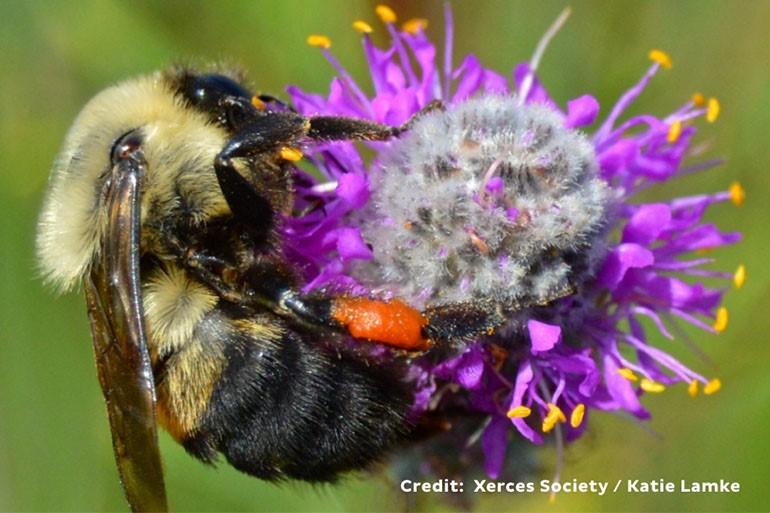
What should I grow in my bee garden?
Bees have two favorite things when it comes to any kind of plant — nectar and pollen. So, all you have to do is make sure that whatever you plant will give them plenty of both. Here are some examples of bee-friendly plants to get you started:
Sunflowers (Helianthus spp.), milkweeds (Asclepias spp.), beebalm (Monarda spp.), and wild hyssop (Agastache spp.)
Native plants (or plants that naturally grow where you live) are also great for bees who live in your area. You can find more information about plants that are native to where you live, as well as even more helpful advice here.
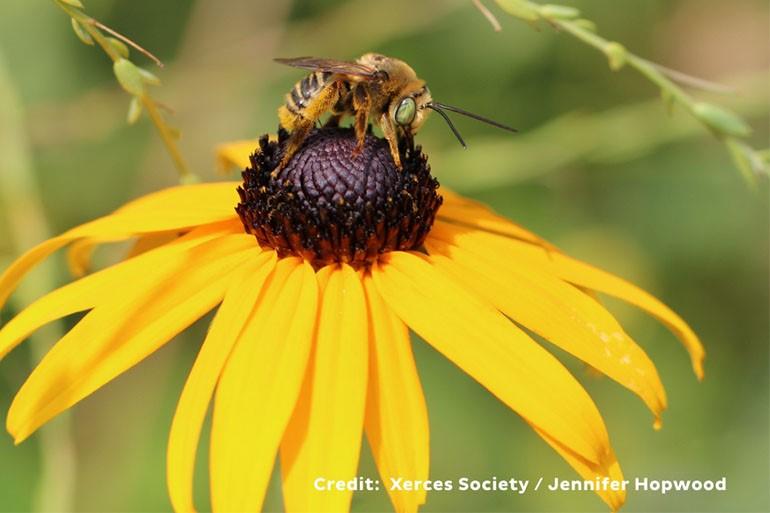
What are some other bee garden tips?
Beyond flowers, bees also benefit from other fun features such as tall grassy areas, mulch, rocks, and even non-pollen plants for shade, nesting, and shelter.
It’s also very important to not use any kind of pesticides in your beautiful bee garden. Pesticides can hurt bees and keep other helpful pollinators away — which you definitely don’t want!
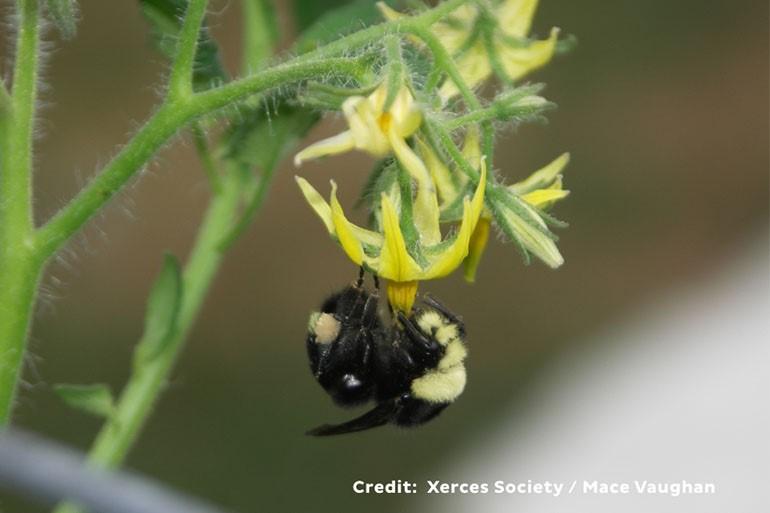
What else can I do for our buzzing buddies?
If you and your little one want to learn even more, take a peek around The Xerces Society website to learn a whole bundle of helpful information. Or, if you’re ready to make a bigger commitment to helping protect bees and other pollinator pals, you can even take the Pollinator Protection Pledge.

